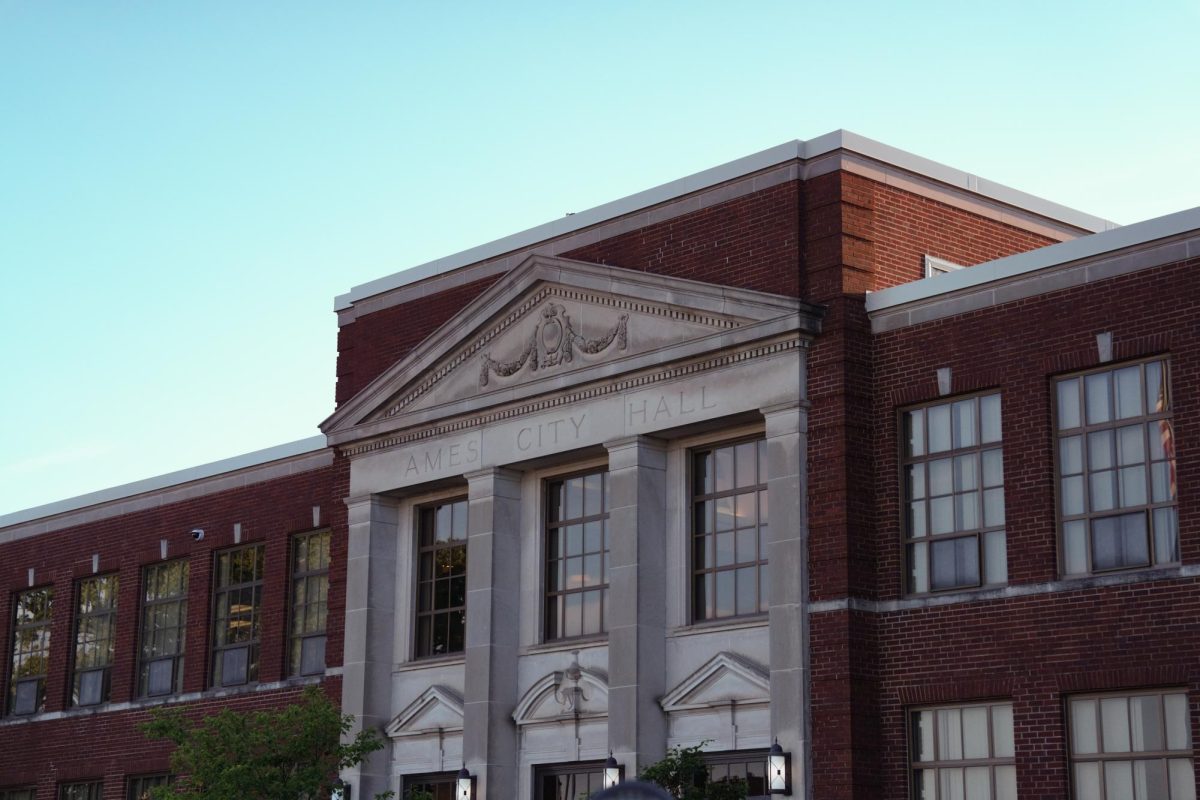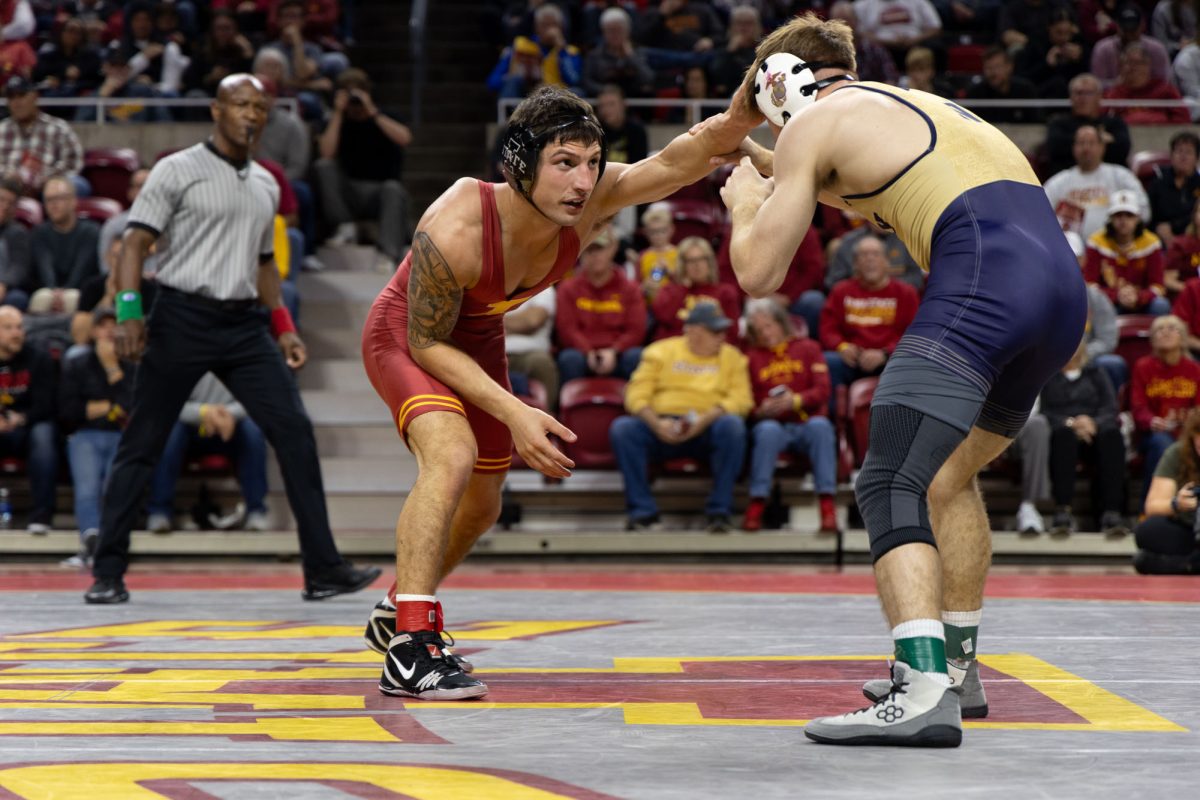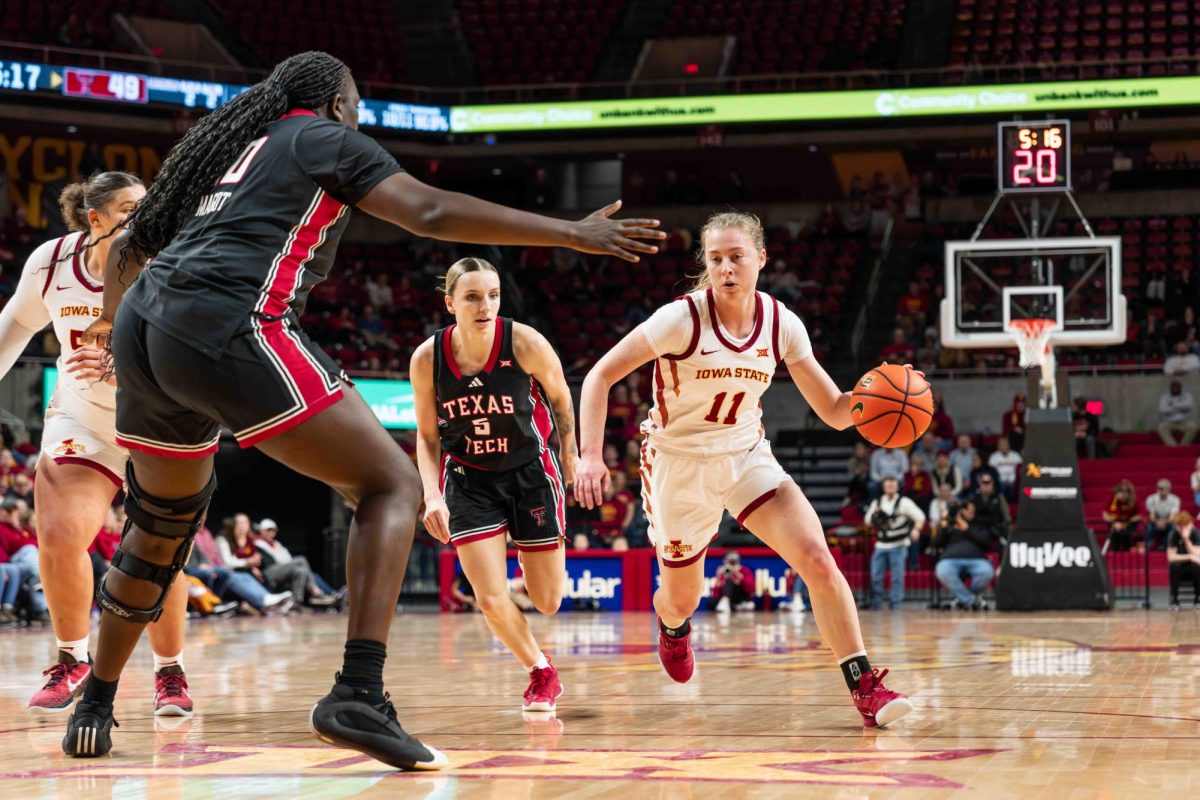Binge drinkers most common in upper Midwest, including Iowa
April 6, 2004
People lining Welch Avenue to get into bars or buying beer or tapping kegs on the weekends could be some of the reasons Iowa has one of the highest rates for binge drinking in the nation.
Researchers at the Centers for Disease Control and Prevention conducted a study to find binge drinking — drinking five or more drinks within a few hours — estimates within U.S. metropolitan-areas. The results were released March 30 and published in the April edition of the American Journal of Public Health.
Behavioral Risk Factor Surveillance System data from 1997 and 1999 was analyzed in the study and found the upper Midwest — including Iowa — Texas and Nevada had the highest binge drinking rates. According to the study, most binge drinkers were men or individuals ranging from ages 18 to 34.
Brian Dunn, health promotion coordinator of the Thielen Student Health Center, said he was startled to hear those results.
“My assumption would have been that we are pretty much around the national average,” Dunn said. “I would have thought the states where brewers were located would have had a higher binge drinking rate.”
Jeremy Jensen, senior in management, said he occasionally goes to the bars. He said he was both surprised and not surprised by the results of the study.
“I would say [I’m surprised] because you think of places like East and West Coast, like California … that is more of a party scene,” Jensen said. “And I [am not surprised] because there are a lot of rural communities that don’t have a lot to do; a lot of people in rural communities feel that there’s not a lot of other options but to go out and drink.”
Despite the numbers, Jason Ratzlaff, manager of Mickey’s Irish Pub, 109 Welch Ave., said he has not noticed a difference in drinking patterns from working as a bartender on the West Coast to working in the Midwest.
“From my experience, I haven’t really seen a difference in the different places that I’ve lived,” Ratzlaff said.
Yet, the study does show the occurrence of binge drinking in Iowa being higher than most parts of the nation — results he said might occur because of the lack of ways to socialize that would be present in other parts of the country.
Similarly, Dunn said “there might be less to do in these states” with the highest rates that could take the place of binge drinking or high-risk drinking.
Despite being surprised by the study’s results, Dunn said there is a problem with binge drinking on campus. He said 40 percent of ISU students are high-risk drinkers.
Becky Davis-Kramer, emergency physician at the Mary Greeley Medical Center, 1111 Duff Ave., said she agrees Ames does have a problem with binge drinking.
“I know Ames does have a problem [with binge drinking],” Davis-Kramer said. “We certainly see a lot of it here.”
Davis-Kramer said she can see one to four patients a night who suffer from negative side effects from high-risk drinking, especially during football weekends and Veishea.
She said she believes the reason binge drinking is more prevalent in the upper Midwest is due to poor prevention education.
Sara Kellogg, program coordinator for Substance Abuse and Violence Prevention, said state and government budget allocations are the reason for inadequate prevention services for substance abuse.
“Because of budget difficulties, less money is going toward prevention and treatment programs,” Kellogg said.
Davis-Kramer said she thinks lawmakers have done a decent job of trying to address the problem of binge drinking.
Iowa State is slightly below average with the rest of the nation’s universities with regard to high drinking rates. Kellogg said the national average of high risk drinking at U.S. universities is 44 percent. Iowa State’s rate is 42 percent.






